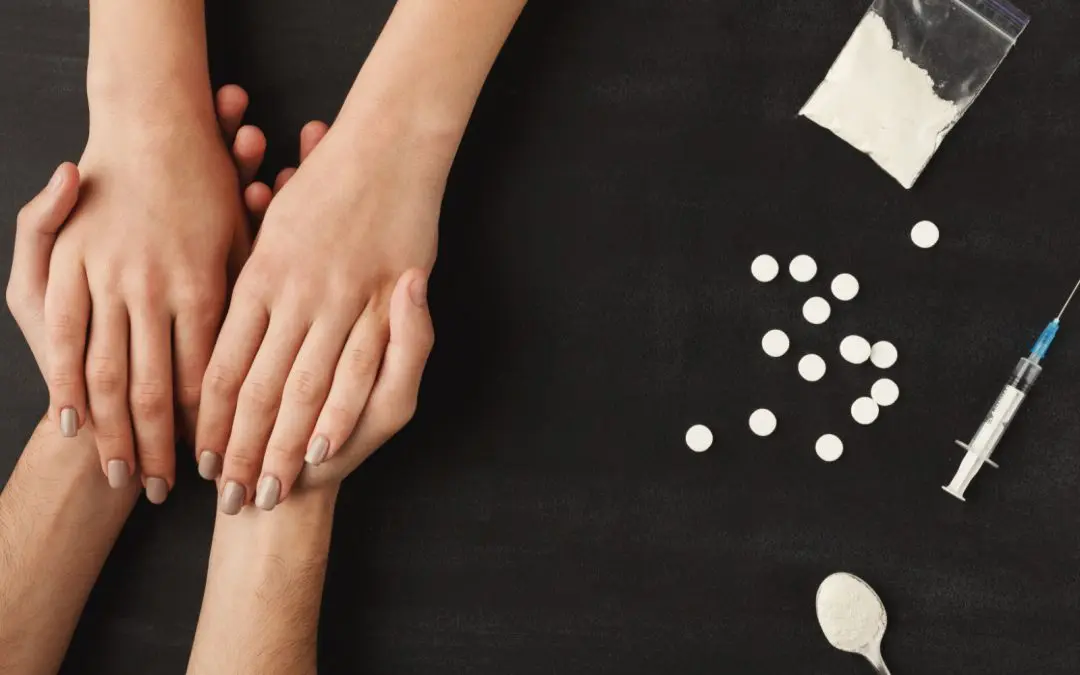24/7 Helpline:
(866) 899-221924/7 Helpline:
(866) 899-2219
Learn more about Medication-assisted Treatment centers in Peru
Medication-assisted Treatment in Other Cities

Other Insurance Options

Coventry Health Care

BlueCross

Magellan Health

Sliding scale payment assistance

American Behavioral

UMR

Choice Care Network

Access to Recovery (ATR) Voucher

Carleon

Health Partners
Beacon

CareFirst

Sutter

UnitedHealth Group

Health Choice

Lucent

Ambetter

Covered California

Providence

Optima

Four County Counseling Center
Four County Counseling Center, in Peru, Indiana, is an outpatient mental and behavioral health care ...

VA Northern Indiana Health Care System – Peru Community Based Outpatient Clinic
Peru Community Based OutPatient Clinic is a clinic located in Peru, IN. Peru Community Based OutPati...












